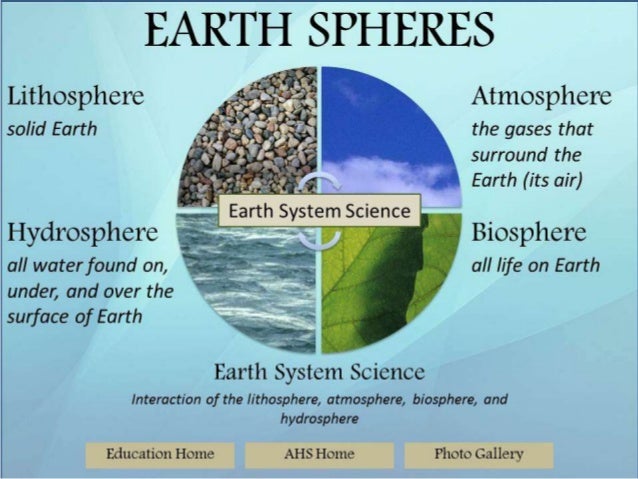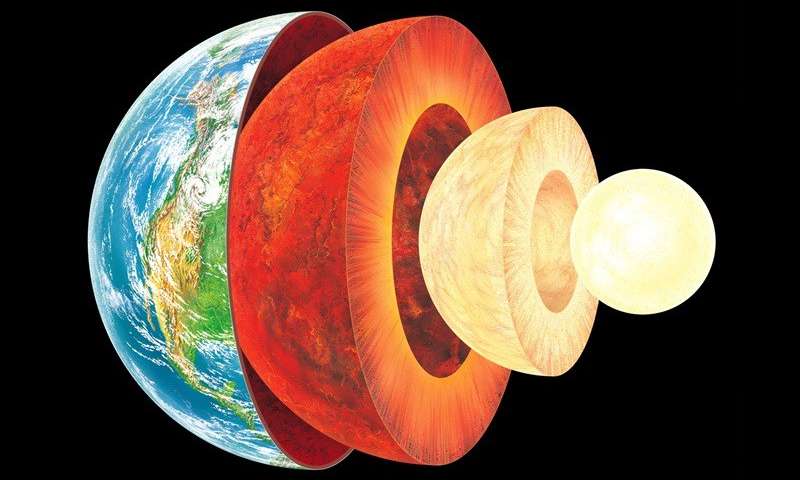Earth is known to be the third planet from the Sun and the
only astronomical object which has life. Earth is said to be formed over 4.5
billion years ago. Earth's gravity interacts with other objects in space,
especially the Sun and the Moon, which is Earth's only natural satellite. Earth
orbits around the Sun in 365.256 days. During this time, Earth rotates about
its axis 366.256 times, that is, a year has 366.256 days.
Image Credit :-Wikipedia
On total
the earth’s surface is divided into four parts-
1. Lithosphere - Earth's
lithosphere is divided into several tectonic plates that move across the
surface over millions of years. About 29% of Earth's surface is land consisting
of continents and islands.
2. Hydrosphere - The
remaining 71% of the earth is covered with water, mostly by oceans but also
lakes, rivers and other fresh water, which all together constitute the
hydrosphere. The majority of Earth's Polar Regions are covered in ice,
including the Antarctica and the
sea ice of the Arctic ice pack.
3. Atmosphere – It is
termed as the envelope of air surrounding the earth. All the living organisms
like plants need co2 and animals need oxygen from the
atmosphere.
4. Biosphere - A planet's
life forms inhabit ecosystems, whose total is sometimes said to form a
"biosphere". Earth's biosphere is thought to have begun evolving
about 3.5 Million years ago.
The Earth’s
biosphere is divided into biomes, inhabited by similar types of plants and
animals.

Formation of the Earth
When it comes to how the Earth was formed, it comes out that several
billion years ago our Solar System was nothing but a cloud of cold dust
particles swirling through empty space. This cloud of gas and dust was
disturbed by the explosion of a
nearby supernova star, and the cloud of gas and dust started to collapse as
gravity pulled everything together, forming a huge spinning disk which was
called the solar nebula.
The center of the disk became the Sun, and the particles in
the outer rings turned into large balls of gas and molten-liquid that condensed
to take on solid form. About 4.5 billion years ago, they turned into the
planets.
Geological division
Geology is an earth science concerned with the solid
earth rocks of which it composed the processes of change over time. Geology can
we study the solid features of any terrestrial planet or natural satellite such
as mars or the moon. Modern geology is overlaps all other earth science
including hydrology and the atmospheric sciences .so it is treated as one major
aspect of integrated earth science and planetary science.
Geology describes the structure of earth on the beneath of
surface, and the processes that shaped the structure. It also provides tools to
determine the relative and absolute ages of rocks and the histories
of the rocks. By combining these tools geologists are able to chronicle the
geological history of earth demonstrate the age of earth. Geology provides the
primary evidence for the evolutionary history of life and past climate.
INTERIOR OF THE EARTH
The
radius of the earth is 6,370 km. The rapid increase in temperature is also one
of the factors that put a limit to direct observation of the earth’s interior.

image credit :-phys.org
Crust
1) Earth outer layer is hard and
brittle in nature. It is less than 1% of Earth volume. The
crust is made up of igneous, metamorphic, and sedimentary rocks
2) The two different types of
crust is continental crust (under the land) and the oceanic crust (under the
ocean).
3) The continental crust has an
upper part called granitic rock and it forms Silica and alumina called sial.
4) The lower part has basaltic
rock form in Oceanic floor. Silica, iron and magnesium are called Sima.
The Mantle
1) The mantle is
the mostly-solid bulk of Earth’s interior.
2) The thin outer layer of the mantle is
about 2,900 kilometers (1,802 miles)
and total volume of the earth is 84%.
3) It
is composed on dense rocks rich in olivine.
4) The rocks that make up Earth’s mantle
are mostly silicates and a wide
variety of compounds that share the silicon and oxygen structure.
5) Common silicates are found in olivine,
garnet, and pyroxene. The other
type of rock found in the mantle is magnesium oxide and the other
mantle element is iron, aluminum, calcium, sodium, and potassium.
THE CORE
1) The earth core is the central
inner part of our planet and It has an also a (solid) inner core and a
(liquid) outer core.
2) It outer core is very thick about
2,260 kilometers and it is made up of iron and nickel.
3) But it inner core detected by seismology and it
is a solid sphere about 1,216 km
(760 mi) in radius or about 70% of the moon and it is made up of nickel
and have a temperature of the sun surface.
4) The outer boundary of earth
surface is 2,890km (1800mi).
5) The transition of inner and
outer core is 5,000 km (3,100 mi)
beneath of the earth surface.
NEIGHBOURING CELESTIAL BODIES
1) Sun
2) Mercury
3) Venus
4) Earth
5) Mars
6) Jupiter
7) Saturn
8) Uranus
9) Neptune
/PIA06890-58b82f2b5f9b588080987b0b.jpg)





1 Comments
Very very very nice
ReplyDelete